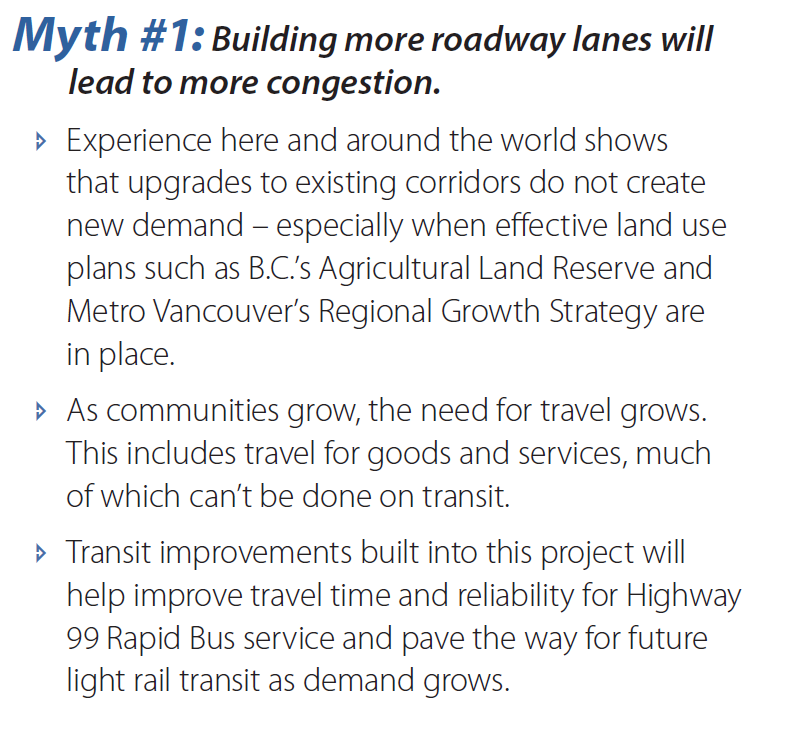It’s been a while since I answered an Ask Pat question, and there are a bunch of them in the queue, so I’m sorry if I haven’t gotten to yours! I’m a little over programmed right now. All good stuff, just too much! So here we go with an Ask Pat from a guy with a suspicious name:
Patrick P. asks—
Hi Pat. I find it totally bizarre that while we allow new apartment towers to be built with hundreds of new parking spots for cars, it seems no thought has been given to mitigating all the extra traffic on the road, or to giving people a cycling alternative — or to the impact on our environment. We have no dedicated (separated) bike lanes, and my bicycle commute to central Burnaby has been a challenge as there are no signs indicating a safe route. Moreover I am very worried for the safety of children like mine who want to get around town by bicycle.
Are there any plans to make our city more cycling friendly, particularly around shopping areas? What can I do to help?
I hear you. As a person who rides a bike for recreation and for daily chores, and tries to commute by bike as much as I can, with a partner who commutes to Burnaby every day on a bike, I know we aren’t yet where we should be as far as cycling infrastructure. Short answer to Question 1 is yes, answer to Question 2 is way down below at the bottom of this post, so fix a cup of tea, sit back and enjoy (or just scroll past all the fluff to the bottom couple of paragraphs)
There is a strange thing about traffic in New West: it mostly isn’t us. Two great statistics that tell you about our traffic problem is that the City has the highest percentage of its land dedicated to roads of any municipality in BC, and that New Westies drive less and own fewer cars per capita than the residents of any municipality in BC (with the exception of the City of Vancouver). Yet traffic is our #1 problem, because people like driving through New West. Presumably, they like it because they don’t have better options, not because of the nice views or the friendly demeanor of our residents.
So in that sense, if we have a car traffic problem, it isn’t the people living in towers on top of SkyTrain nodes. The extra 300 residents with (following our demographic trends) 200 more cars, used only 50% of the time, are a drop in the bucket of the 400,000 cars a day (a number I do NOT have a source for, but a number used anecdotally to describe our through-traffic for rhetorical purposes by virtually everyone) that ply our streets. There is an entire political conversation about whether parking minimums for new developments are good public policy, but I don’t think that is where you are going with your question.
Arguably, providing more housing alternatives in New Westminster (including those towers on SkyTrain nodes, and “missing middle” family-friendly housing forms) will act as a disincentive to people commuting through our City, by providing people better options that living to the east of us when they work to the west of us (you can change either of those directions to point to the same problem). The entire model for the Regional Growth Strategy and Regional Transportation Plan is based on that idea – compact, transit-friendly, mixed-use development as opposed to car-centric sprawled single-use development. New Westminster is (IMHO) leading the way for this development model regionally, and is, unfortunately, still straddled with the traffic impacts of neighbouring communities not talking as active a role in changing how they develop to suit the regional vision.
But you live in New West, work in nearby Burnaby, and want to be more comfortable riding your bike to work and to shop. Even better you want to feel safe sending your kids off to school riding their bikes. You (and I’m not just saying this because of your great given name) are part of the solution, and are fortunate to have the opportunities in your work/life/health/etc. to make that choice. The City should be making it easier for you.
I think we are, but perhaps not as quickly as either of us would like, through implementation of our new Master Transportation Plan. Passed before I was elected (although I served on the advisory committee), this plan represents a monumental shift in how we, as a City, are going to look at investing in our transportation system.
First off, it places active modes at the top of the priority list:

To me, that means we are going to spend less on making the asphalt smooth, and more on making the sidewalks, bike routes, and transit system operate better for all users. To you and me, that may seem obvious; to enshrine it in a master planning document means we are charged (us elected types and staff of the City) to do it, and put our budget where out mouth is.
What does this look like on the ground? For the first time, New Westminster is investing in green paint. It has taken a bit of time, and in the first year of MTP implementation we really invested more in primary pedestrian and transit accessibility (we are aiming for 100% accessible sidewalk curb cuts by 2018, and 96% accessible bus stops, which leads the region on both counts). We have also staffed up a bit in our transportation department to expand our ability to plan and deliver these projects. This next phase does include some significant cycling improvements.
We have already identified some “quick wins” for cyclists, where a bit of engineering can make a few key links on our established greenways work better. You will see things at 20th and London Street, 7th Ave between Moody Park and 5th Street, under the Queensborough Bridge in Queensborough, and between Braid Station and United Boulevard (for a few examples) right away. A few other slightly more challenging issues (a hill-friendly bike route connecting Downtown to Uptown) are being worked on, as are designs for the Agnes Greenway, and an extended greenway from Braid Station to Sapperton Landing Park. Safe Routes to School and Safe cycling to school are also high on the priority list.
As an aside, you probably have no idea how much that green paint costs. On a square-foot basis, it would be cheaper to do engineered hardwood. But we will probably save long-term on maintenance.
The best I can offer you is small relief in the immediate future, with a long-term vision towards a properly developed integrated and complete bike network. It is going to take a few years, but the MTP gives us the vision, and I think Council has the political drive to make it happen. When compared to Vancouver, we are a small municipality with a limited budget, so multiple separated bike lanes and the assorted infrastructure (lights, signs, paint, paving) to make them really work ideally, are an expensive prospect. I can’t guarantee they will arrive tomorrow, only that this is the direction we are headed, and I’ll be advocating for our budget allocations to suit the priorities we have set through our MTP.
If you think you have good ideas about cycling infrastructure needs in New West, there are two ways you can help.
You can apply to join the advisory committee in the City that works to make New West a better place for cyclists, pedestrians and transit users: ACTBiPed. I happen to chair that committee, and served on it for a couple of years before I was elected. I think we have managed to make it an effective group where staff and community members work together on “big picture” strategies, and also take time to dig into the detailed design elements of new infrastructure to assure they work for active transportation users. The City is receiving applications right now for 2017 Committee appointments, and you can get all the info you need to apply right here.
If working within the system doesn’t satisfy your needs, you can also get involved with the local HUB Chapter, who advocate for better cycling infrastructure and funding, locally and at the regional level. New West hosted their AGM a couple of weeks ago, and it was great to hear about the work being done in the local chapters across the region. The local group is also instrumental in getting elementary school kids trained to ride their bikes safely, running cycling safety and skills courses with the School District. They are also a very helpful voice at the table when we are making decisions about cycling infrastructure in the City. You should become a member, and then decide if you can give them your time, donate them some money, or whatever combination of the two fits your lifestyle the best!
Finally, you can ride your bike, and use SeeClickFix when you run into problems, to let City staff know that good cycling infrastructure is wanted, and bad cycling infrastructure is noticed, by residents of the City.
We are working on the MTP, on making this a better place to ride a bike, but we could always use more motivation from our residents!

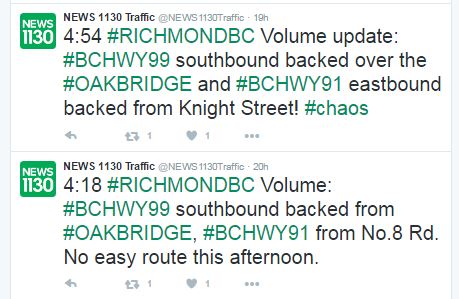

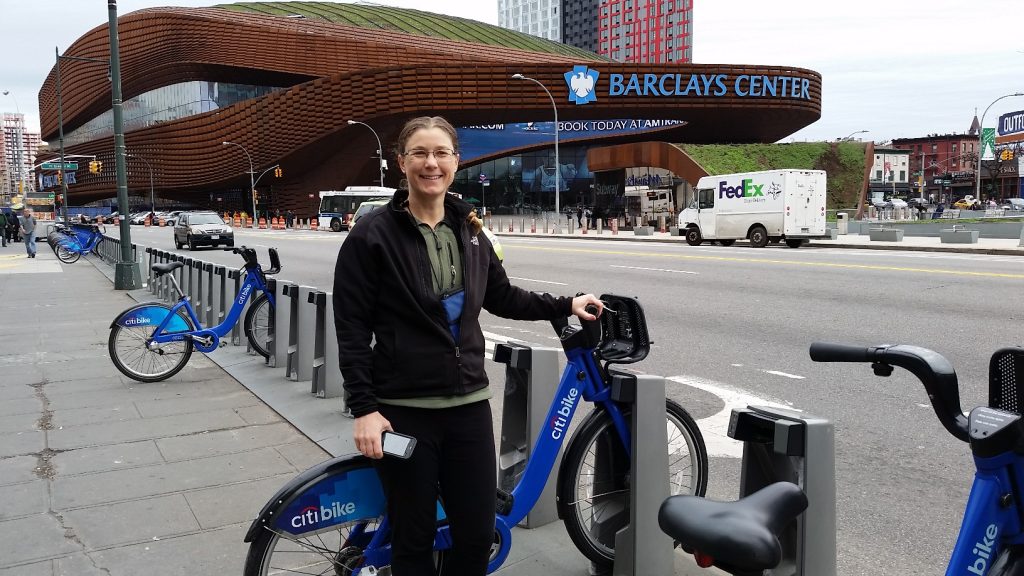


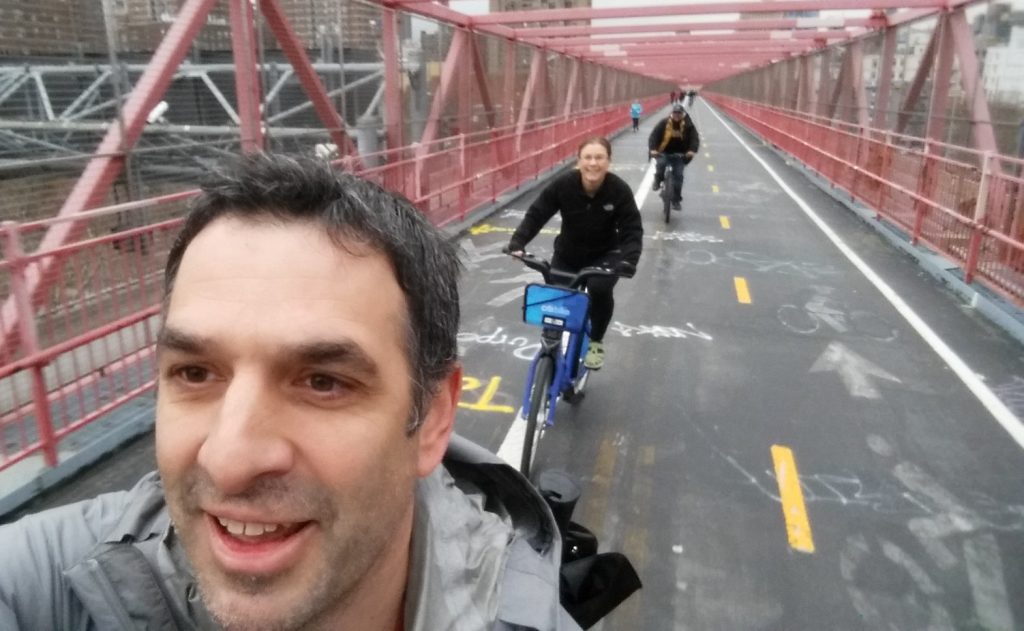

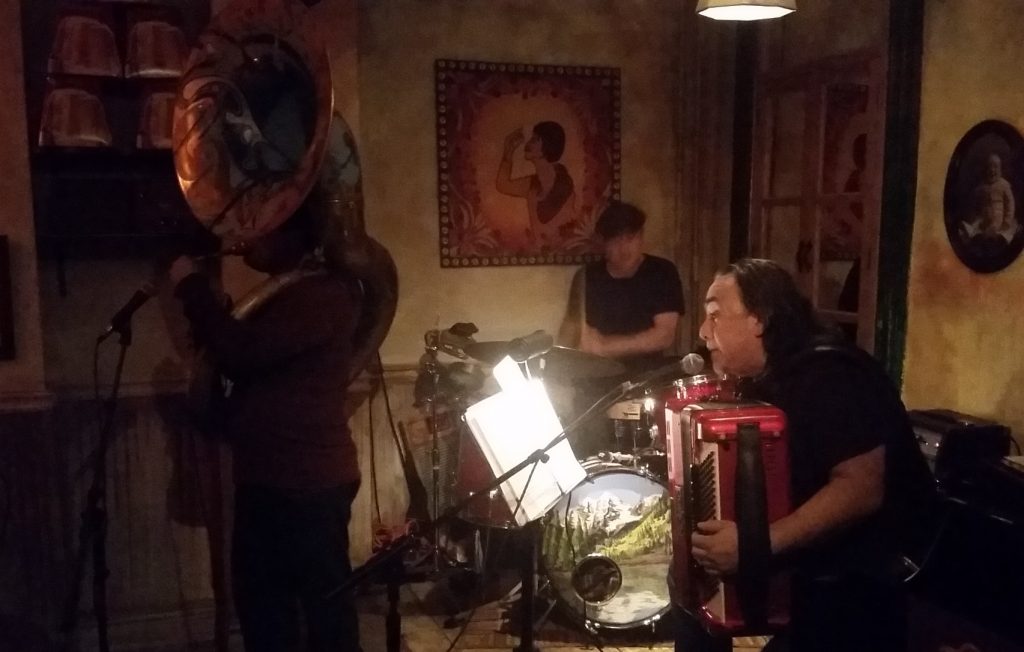

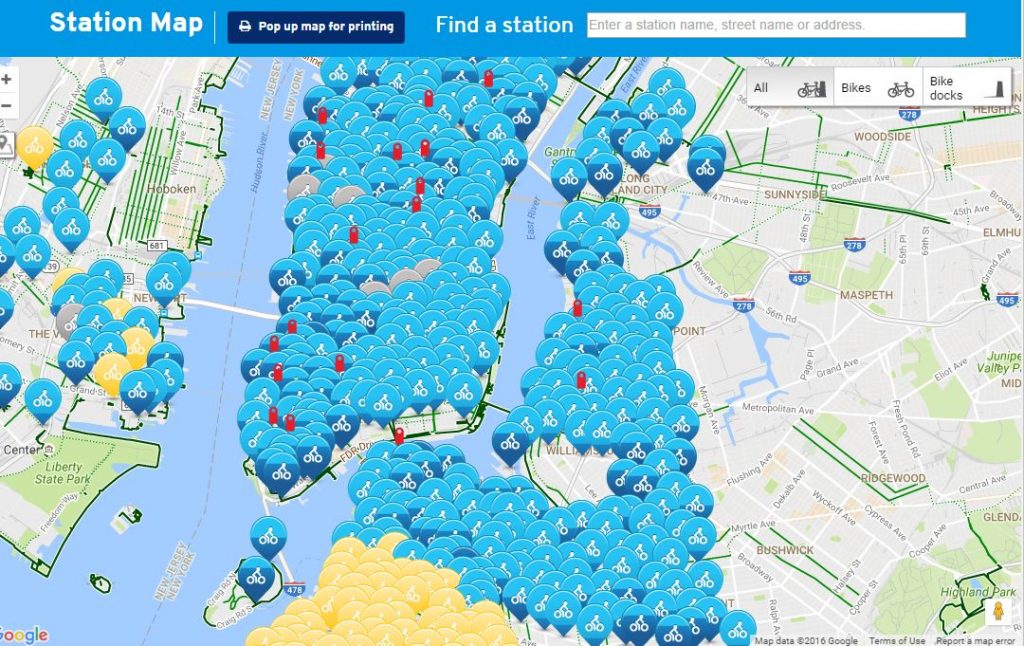
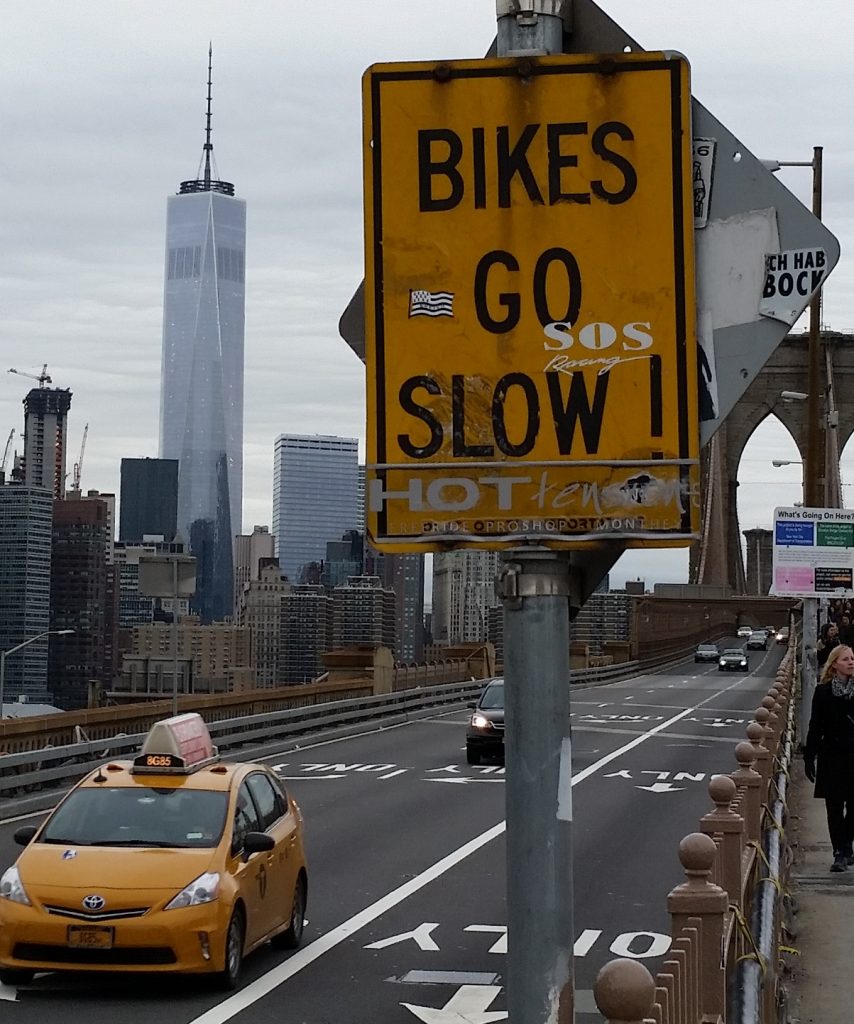
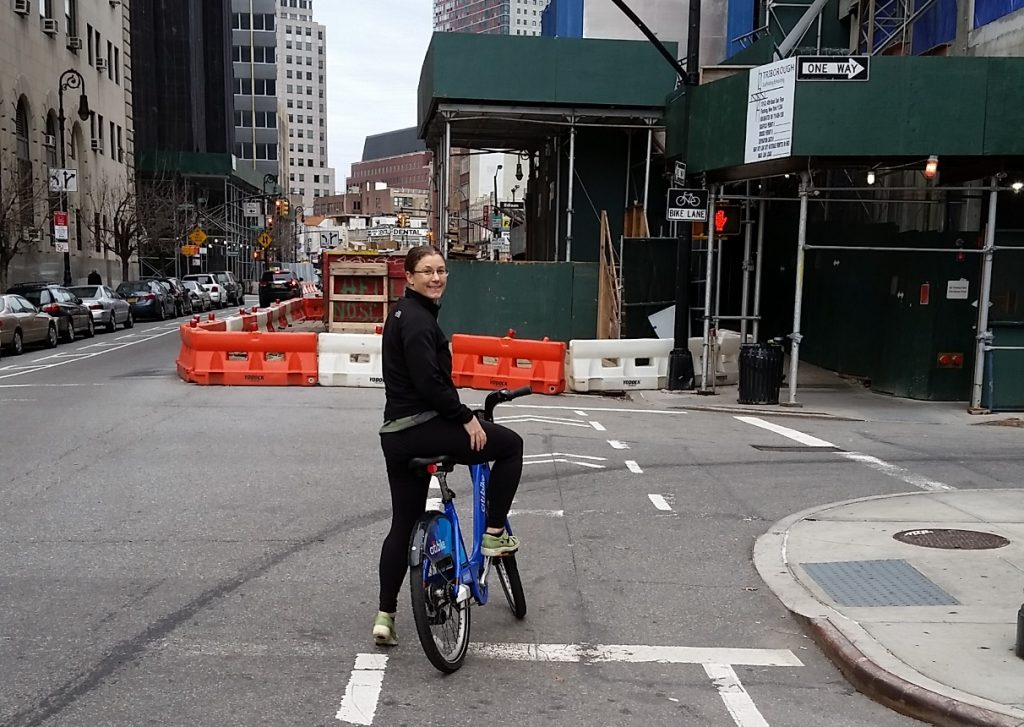

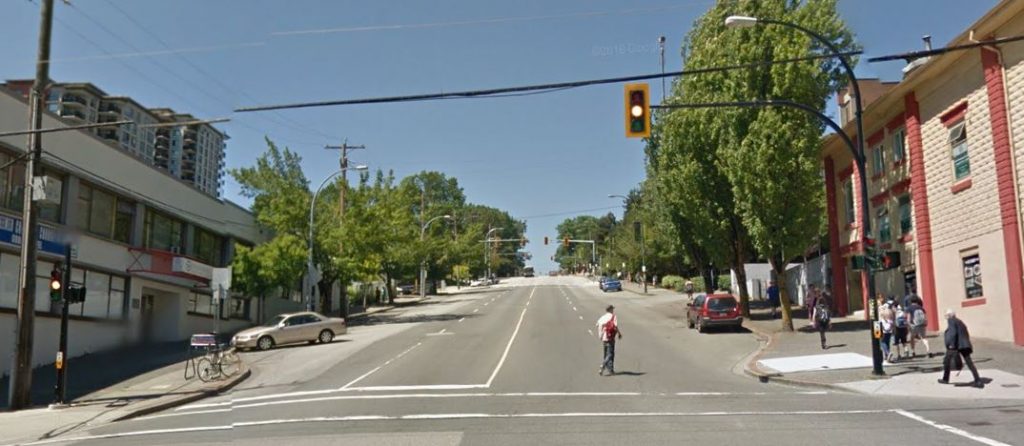
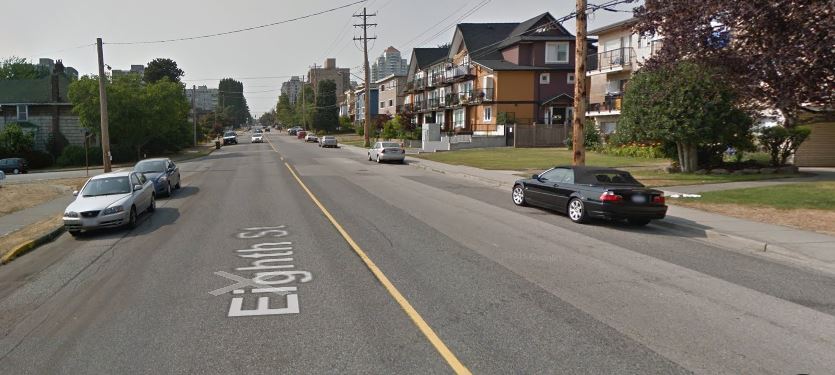
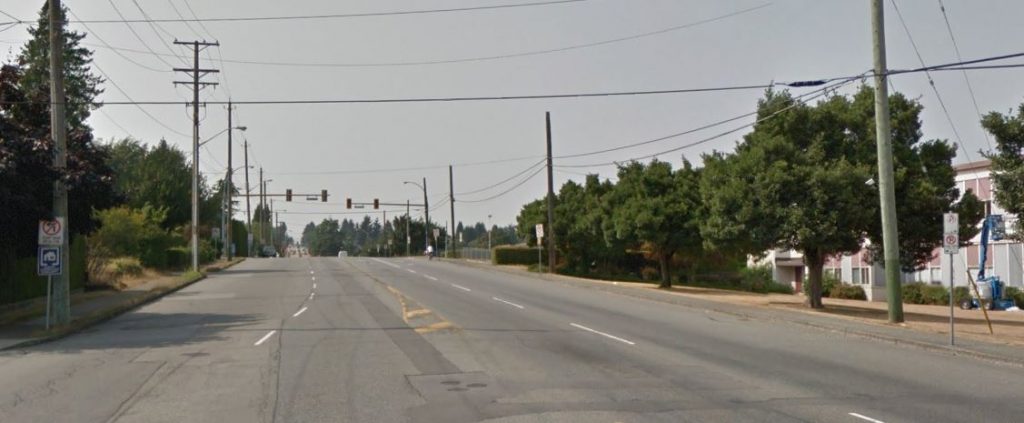
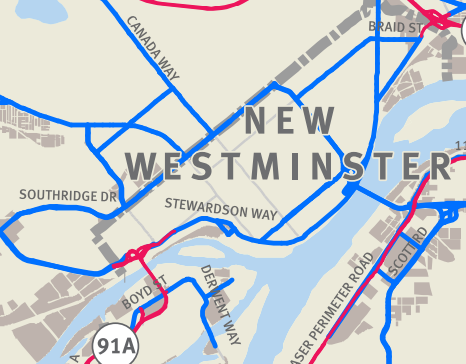
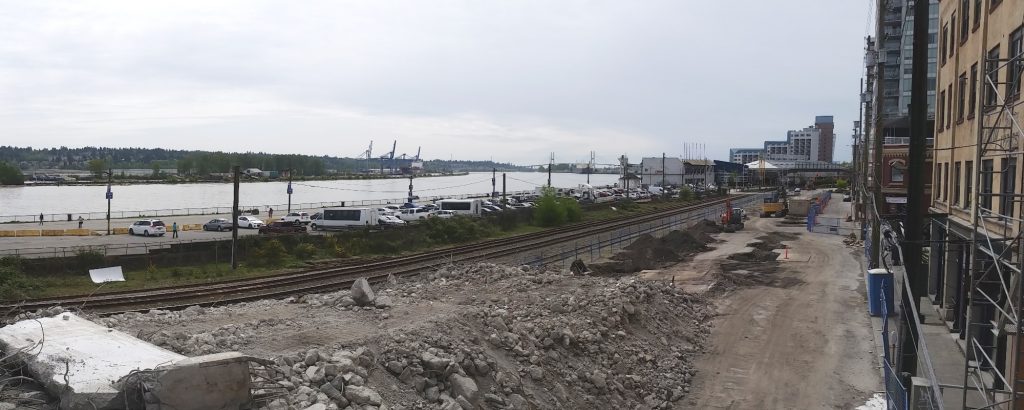
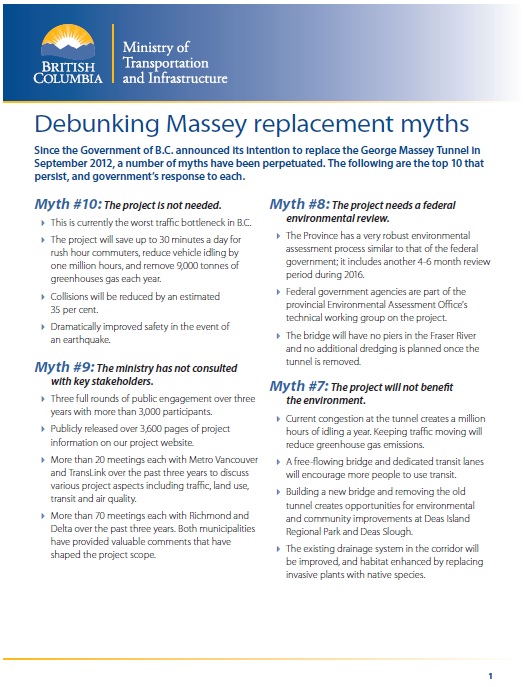
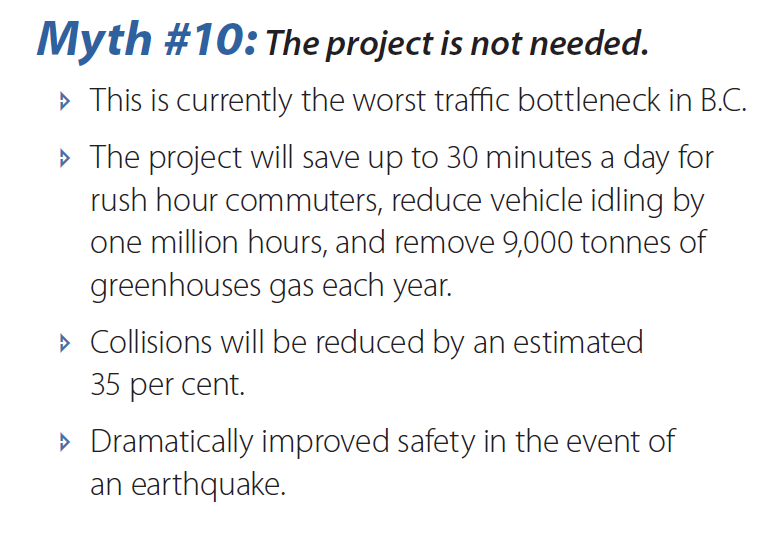
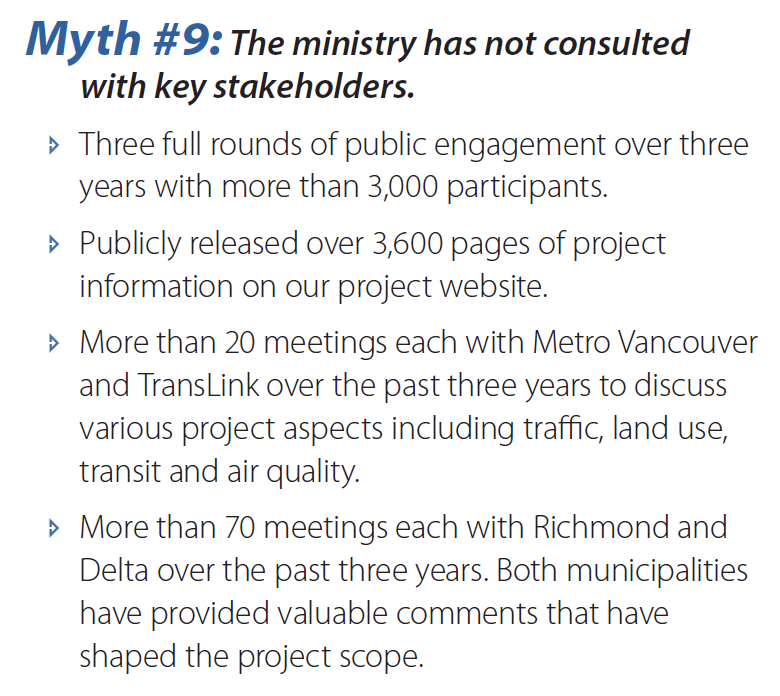 There is no doubt the Ministry has talked to many people, but to say they have “consulted” is quite the stretch. The City where the majority of the project has taken place
There is no doubt the Ministry has talked to many people, but to say they have “consulted” is quite the stretch. The City where the majority of the project has taken place 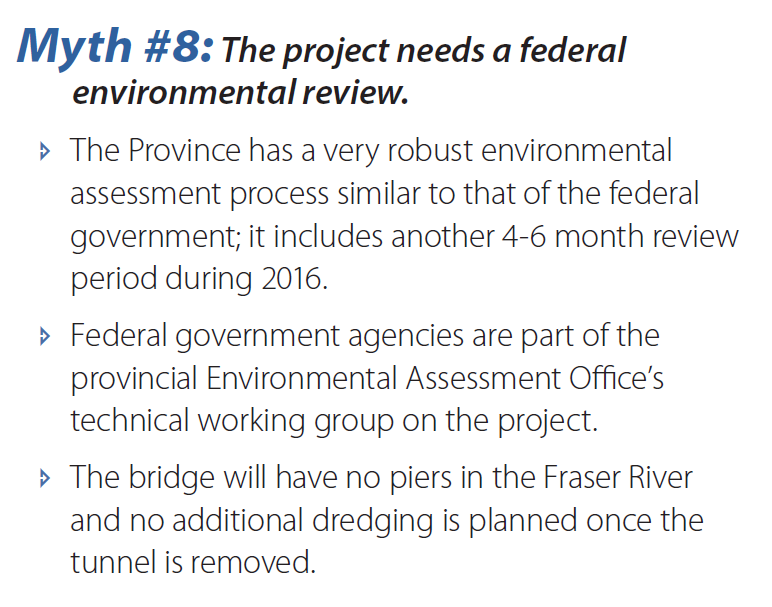

 This may very well be true. But you know what is cheaper than building a new tunnel and cheaper than a new bridge? Making the infrastructure you already have work better. One of the more galling parts of this entire project is that no-one seems to be looking at the opportunity cost of a $3.5Billion infrastructure investment – what real improvements could we build to the regional transportation system with that kind of money.
This may very well be true. But you know what is cheaper than building a new tunnel and cheaper than a new bridge? Making the infrastructure you already have work better. One of the more galling parts of this entire project is that no-one seems to be looking at the opportunity cost of a $3.5Billion infrastructure investment – what real improvements could we build to the regional transportation system with that kind of money. 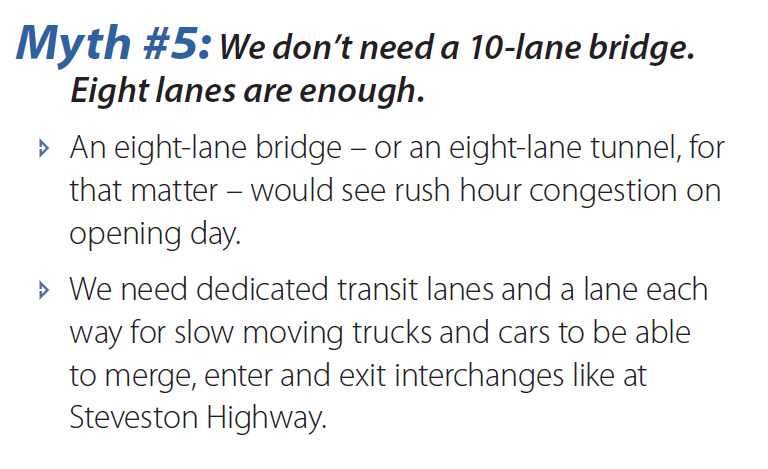
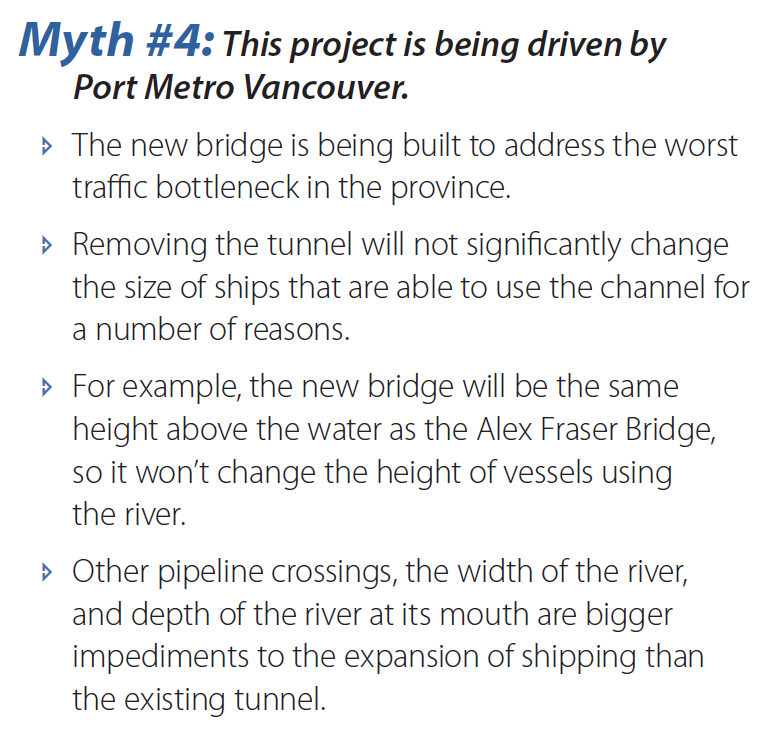

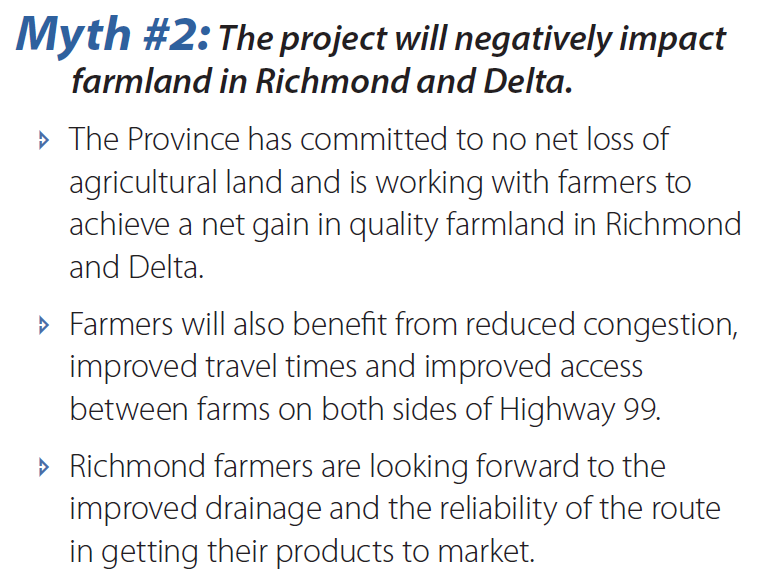 Did you know that Highways are allowed in the ALR? Much of the South Fraser Perimeter Road is actually in the ALR, no exclusion necessary, just compensation paid to the property owner who has his acreage bisected or cut off. So the Ministry can put the entirety of this project on ALR land and claim “no net loss” of ALR land- although admittedly it is hard to farm asphalt.
Did you know that Highways are allowed in the ALR? Much of the South Fraser Perimeter Road is actually in the ALR, no exclusion necessary, just compensation paid to the property owner who has his acreage bisected or cut off. So the Ministry can put the entirety of this project on ALR land and claim “no net loss” of ALR land- although admittedly it is hard to farm asphalt.